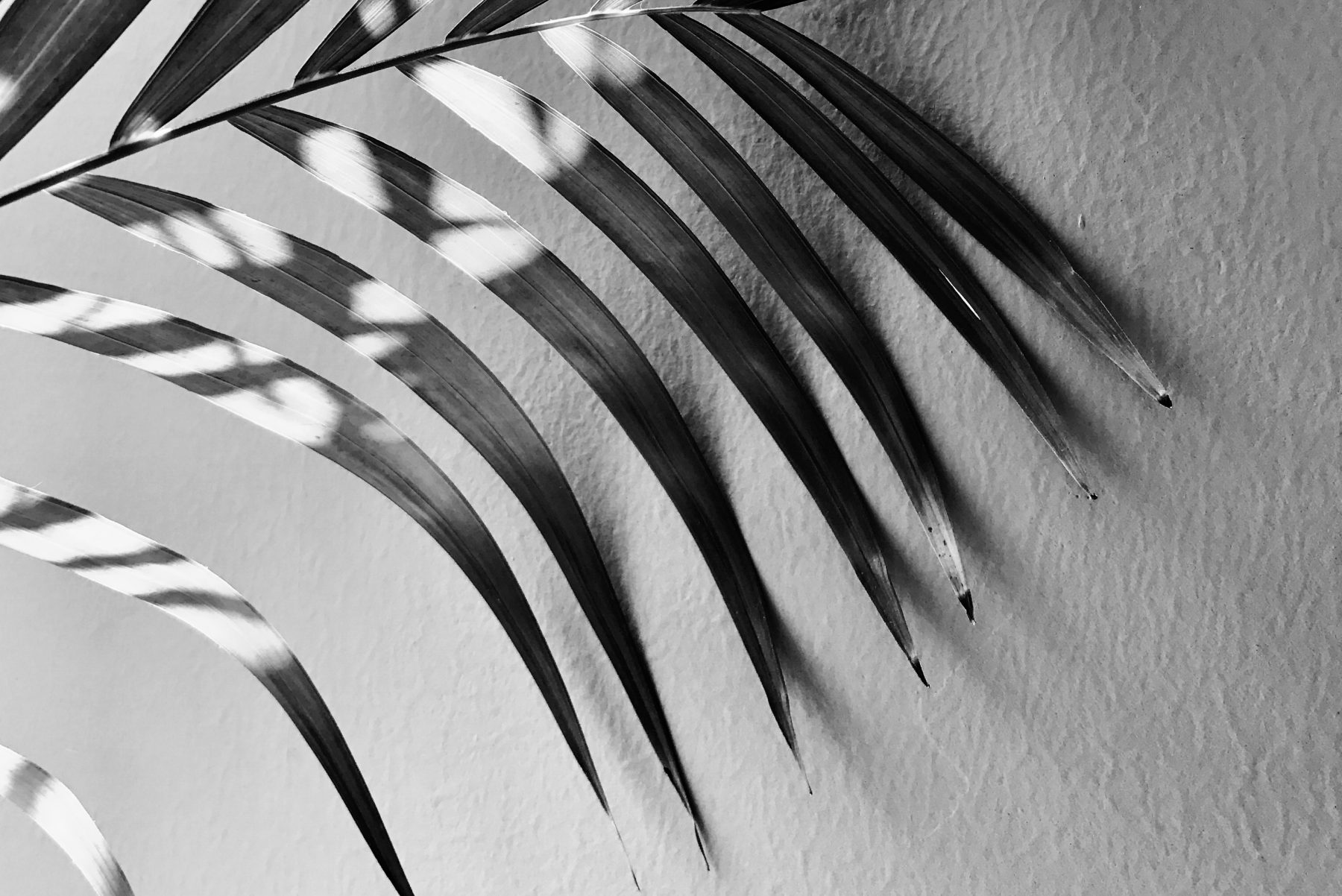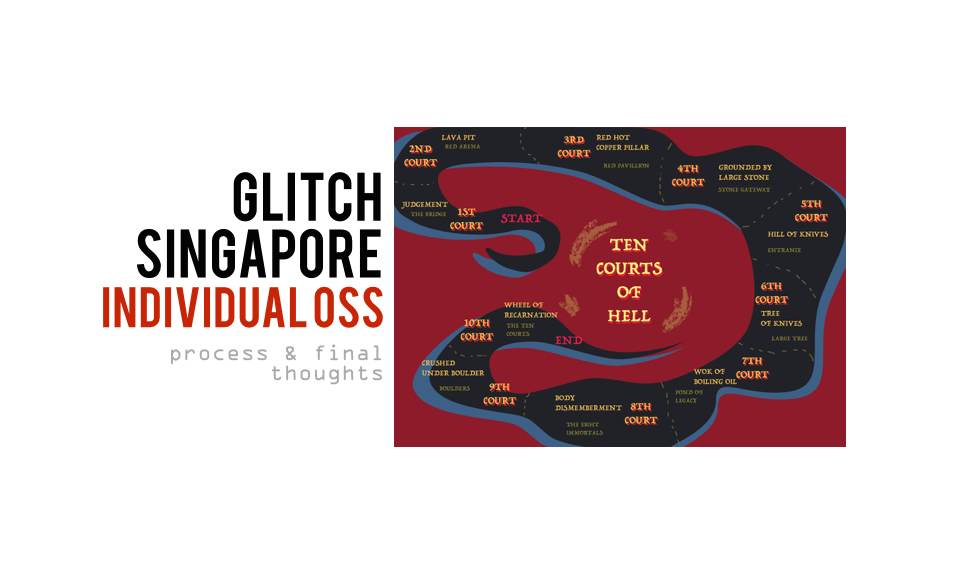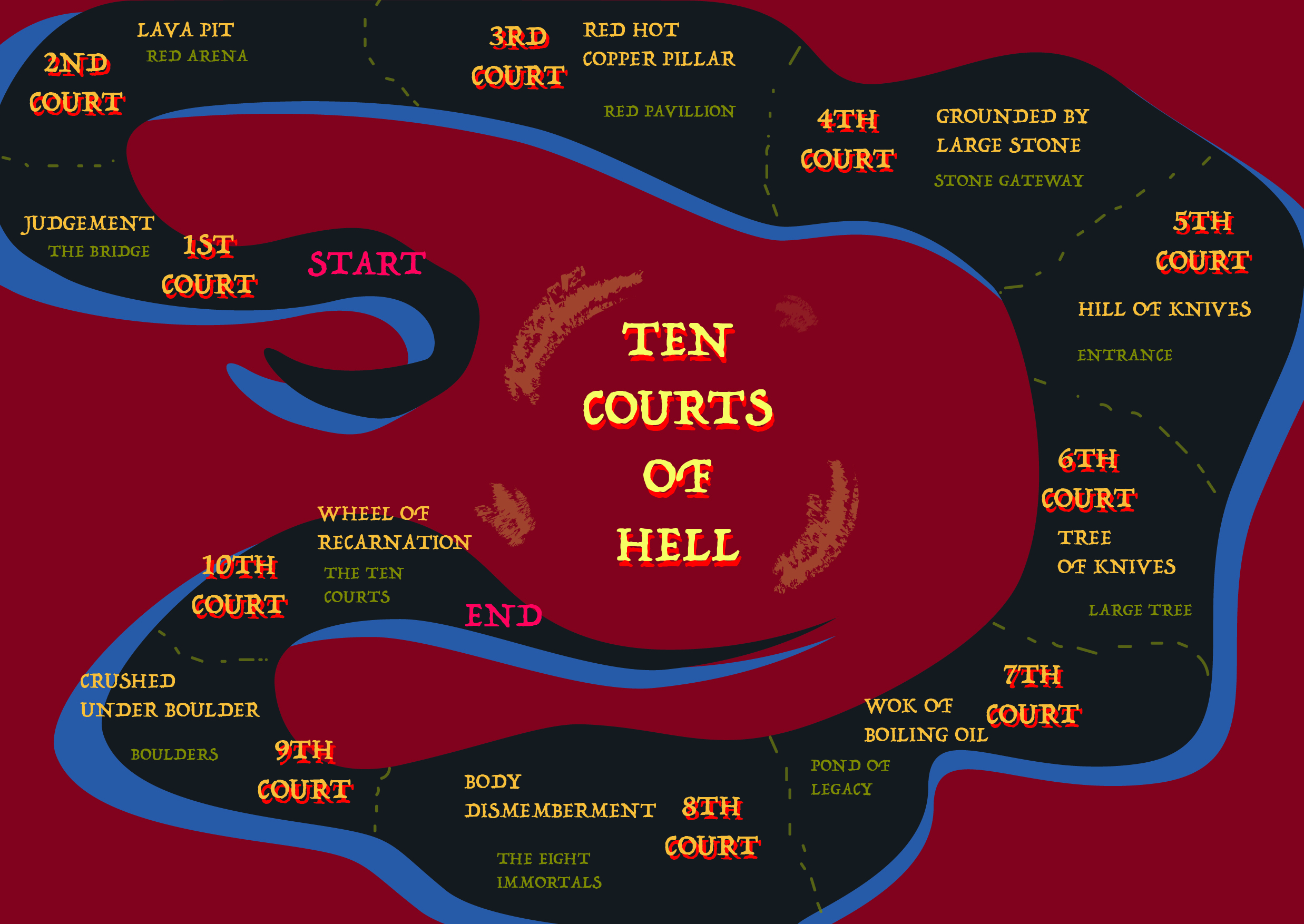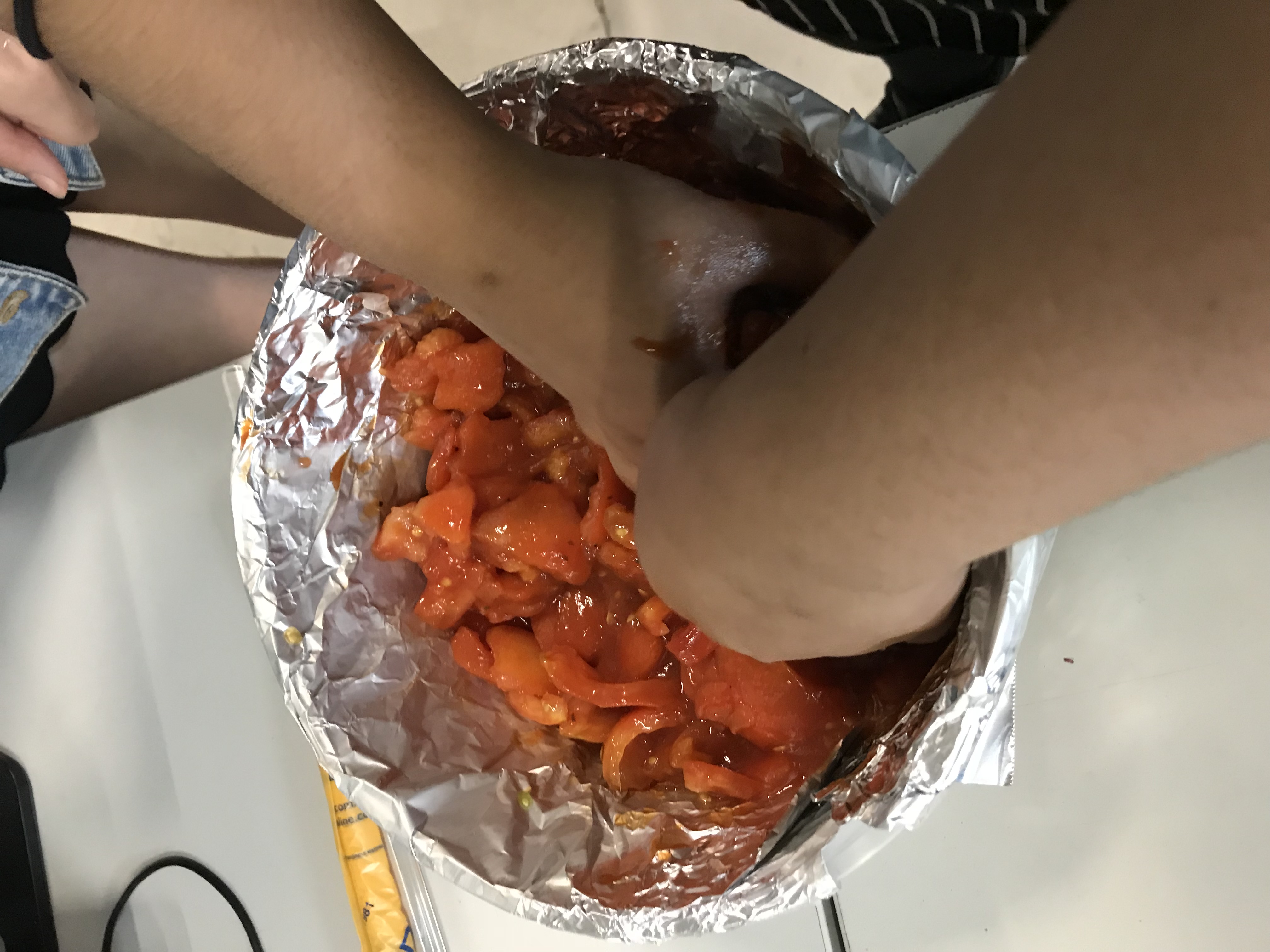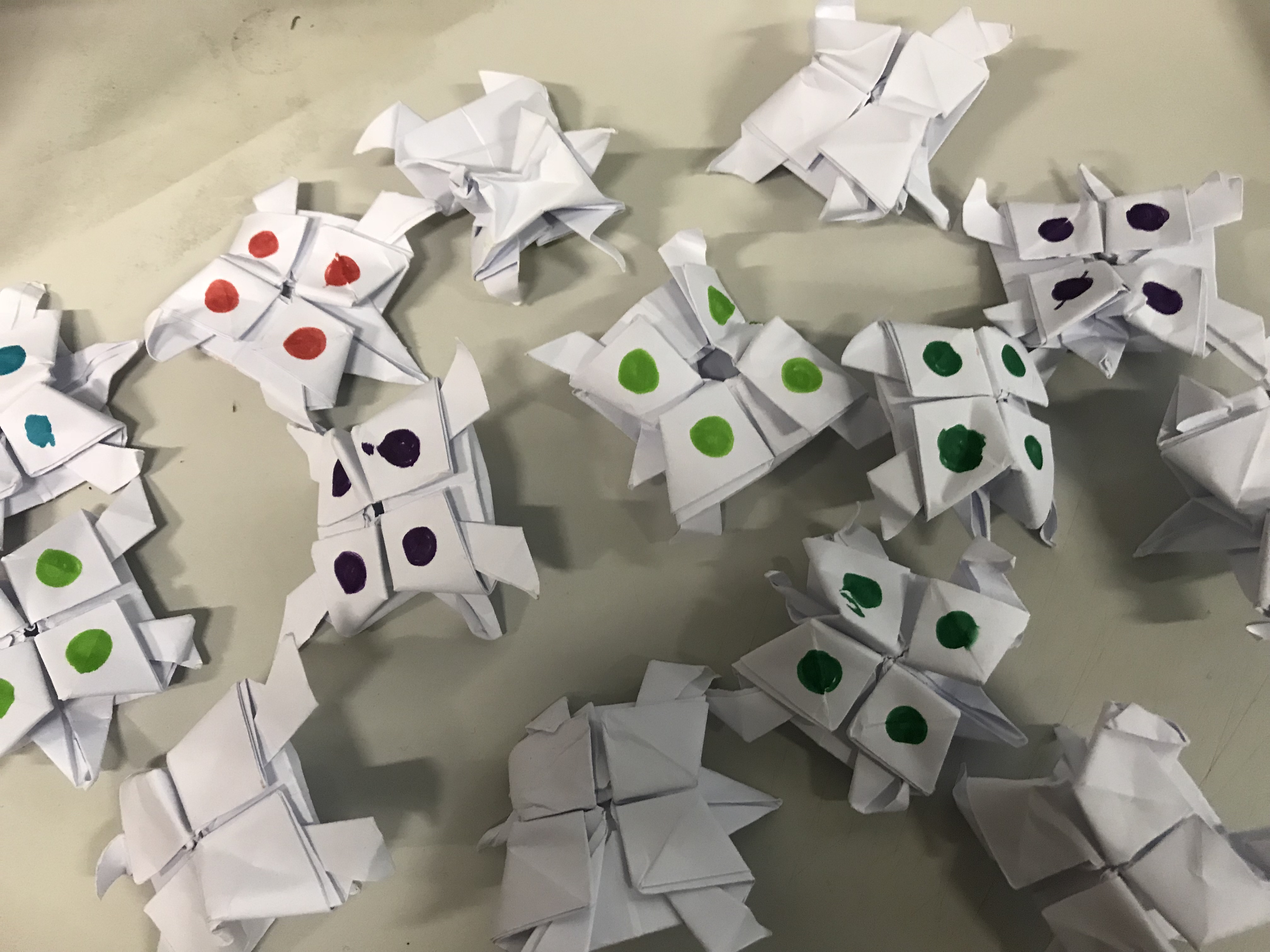This OSS post will be a personal reflection with regards to the final group project, Glitch Singapore.
My group mates, Fizah, Minjee, Amanda and I, decided upon Haw Par Villa to base our main location upon, within Singapore itself. More specifically, we decided to tie our project in with what Haw Par Villa is most well known for; its Ten Courts of Hell.
You can find our group’s final presentation on OSS, in the embedded link right here!
The above link will also include specific details on all games through words and mini video clips.
Our artist references can also be found there.
For easier reference and convenience, attached below is the video trailer we had presented during our class presentation.
[ PROCESS ]
IDEA DEVELOPMENT
East Coast Park → Chinatown → Haw Par Villa
Under this section, the development in which our ideas took route will be explained. How our change in ideas began to pave its way along the way, allowing us to conclude upon Haw Par Villa as our final destination, demonstrates how our group managed to overcome weeks of challenges, obstacles as well as loopholes.
First Steps
Our group’s initial idea started with the concept of being abstract yet thought provoking in a sense where one’s moral values were questioned based on a situation that placed them into a rather difficult position. The initial idea we played with involved performance art; which our group members felt was something rather new to us. We wanted something that allowed for us to step out of our comfort zone and to explore something new for our final project. Our main goal was to evoke unfamiliarity and unsureness from our audience as a common response. Thus, we brought in a concept that many would usually evade as a normal societal response.
That was when our group decided upon the common theme of superstition, revolving around the ideas of ghosts and demons. We thought it would have been interesting to see the most likely, varying responses from Singapore’s public especially since the country may typically be deemed as conservative. We wanted to evoke surprise and unexpectedness from a country where traditions and culture regarding the spiritual world is usually taken with precaution.
The initial idea that we had involved a cause and effect relationship between an individual actor (played by one of our team members) and an individual audience (a passerby). This individual actor would dress up as a spiritual figure or demon, trapped within a closed-off area which we had envisioned as a marked out box. The way she would act would be dependent upon the audience’s actions and vice versa. The area would be closed off in a tent-like space with the space littered with items that could affect the spiritual being within the ‘box’. For example, if the spiritual being starts to rage out, the audience within the tent during that time would have to figure out a way to either calm or anger the spirit further through experimenting with the environment around him or her. The audience’s decision would only be influenced by his or her own values as there would be a hidden camera that they won’t know anything about. Psychologically, we didn’t want the idea of surveillance affecting their decisions in any way possible.
However, after our consultation with Lei, with figured out that the specificity in our location wasn’t strong enough to the concept or idea that we had in mind. The idea that we had, did not have a strong bond to the space that we were using; it seemed as though that the performance art x installation idea that we had in mind, could be moved around and held anywhere else. We also left out the idea of creating a third space. At this point of time, we were only thinking more about DIWO; the collaborative art that would be happening with each audience that enters and leaves the room; one after the other. We wanted our glitch to unfold naturally, perhaps in the form of miscommunication.
This prompted an idea of having a back story towards our entire final project. At that point of time, we still wanted to maintain the concept of superstition. We decided upon searching prominent Singapore ghost stories as a result, and eventually settled upon the infamous story of: The Yellow Tower Ghost at ECP.
East Coast Park: The Yellow Tower
As we researched on Singapore’s infamous ghost stories, we settled upon one at ECP partly due to space rental issues. Since tent set up and area rental for that purpose are known to be common at ECP, we decided that we would not have trouble with booking the space for our installation x performance art piece. With regards to strengthening our concept, we came about news articles related to an unsolved murder of a woman that happened years ago as a couple were strolling near the Yellow Tower.
We wanted to play with ideas of exorcism and killing in relation to a spirit’s actions. In our case, the same ideas previously, were applied to this backstory of the Yellow Tower. The actor, ‘trapped’ within this middle box, would hold the role of the Yellow Tower ghost’s spirit. Everything else would remain the same as the previous idea we initially had. Instead of having the audience being in full control of their own actions and values, the aspect of third space comes in with the introduction of a new total stranger. In this case, a random passerby’s location will be appointed at the Yellow Tower itself. He or she will be in command of another person’s actions. This other person will be placed within the tent itself and is in charge of the actual actions taken place to either anger or calm the spirit down. Here, our group plays with the ideas revolving, to be controlled or to be in control. Here, the controlled (audience in tent) is fully witnessing whatever happens with the spirit. The guilt of his or her actions is experienced with much more greatness in comparison to the person in control (audience at Yellow Tower), who is merely giving instructions and does not have any visual stimuli or experience to feel as much within the experimentation. Their form of communication is through a walkie talkie or a phone call. They are dependent upon one another to perform the task. Both do not know one another and are forced to quickly form a bond of trust, of some sort, in order to get through the installation. The audience inside the tent would need to describe to the audience situated at the Yellow Tower, what he or she sees in order to proceed with instructions given by them.
The room within the tent becomes the spiritual world. The box containing the spirit demonstrates the barrier between the real and spiritual world and how some things cannot be controlled by the paranormal. Instead, the audience inside becomes responsible for the spirit’s actions.
Initially, we wanted items scattered on the enclosed space’s floor. Such items would include weapons symbolising death such as a knife, gun and ropes while others included something that just seemed immoral; such as a battered baby doll. We wanted items that contradict society’s expectations and could test out what would be considered immoral or moral based on our better judgement.
Later on, we decided upon keeping things simple. Red paint would symbolise killing and death, which when dragged across the ground, would calm the spirit within the box since we would, in a sense, help her with spreading death. On the other hand, white paint would represent exorcism, and when dragged across the ground, would remove the red paint that had already been dragged. As a response, the spirit would rage out because we would be erasing what she was working towards.
Here, DIWO was still significant and our group thought that our hold on third space was much stronger than our initial idea. Glitch, based on our expectations, would still develop naturally over the course of the performance installation.
We eventually moved away from this idea after another consultation with Lei. At this point, our concept of third space wasn’t strong enough. It seemed as though the person at the Yellow Tower did not have a strong enough role and it seemed as though something was amiss.
Chinatown: Chinese Demons
It had been about two weeks and we only had about one week left to execute our final project. Still, we decided upon sticking with the theme of superstition and stepping out of the comfort zone. At this point, we had gone too far with the idea and it was far too late to turn back and think of a fresh new idea. We decided on moving away from ECP as a site entirely and researching more upon cultural spirits. We knew that Chinatown was a place where the audience gathered would be extremely superstitious of Chinese ghosts and demons due to traditional faiths and beliefs. Such thoughts or ideas would best be warded off since these demons would be considered unlucky and unwanted.
Thus, we initially wanted to dress up one of our team members as a Chinese demon; creating a tale where the demon had escaped a book and the audiences gathered at Chinatown would make it their mission to place it back into the story itself before destruction took place. However, we had forgotten that anybody could call the police on us since it would be necessary to have a license to perform anything at Chinatown.
Haw Par Villa: Ten Courts of Hell
Board Game Used at ADM
Undefeated, we still stuck with our idea of superstition. Instead of focusing upon a specific ghost story or superstition based on a religious belief for our narrative, we decided upon something that could really connect to the site itself. We went with what the general place (Haw Par Villa) was really known for, its Ten Courts of Hell, and used that towards our own advantage. To make our project even more site specific to ensure our safety since there was barely any time left for loopholes, we designed our games to model after, specifically, the Ten Courts of Hell themselves.
Here, we decided upon having specific players run our games instead of an unknown audience since it would be rather difficult to do so, the other way around.
Instead of restricting ourselves to the specific location at which the Ten Courts of Hell is held within one area of Haw Par Villa, we split our activities and games into ten separate stations spread out all over Haw Par Villa. In order for there to be a consistent flow throughout, we modelled our games into stages of a board game that would be played by two teams; each team consisting of two players each. In each team, one player would be a virtual player; a player located at ADM who would be the ‘board game player.’ Another player, known as the physical player, would be located at the physical location of Haw Par Villa itself, basically becoming the ‘piece on the board game’ that is moved. Both teams (physical and virtual sides), would be assigned a facilitator that automatically becomes the group leader, responsible for instructions given with each station that the players progress towards. Sometimes, it becomes necessary for the facilitator to take part in certain games within certain stations.
However, there is a twist to our board game. Instead of the virtual player constantly being in control of the physical player of Haw Par Villa, both players and their progress, during their ‘turn’ within the game of each station, depend on one another to push through towards the end goal; reaching the 10th station (aka the Tenth Court). For example, at some stations, how well the game is played by the virtual player determines the outcome in which the physical player achieves (and vice versa). Each station is specifically designed to create team building exercises; physical and non-physical for both the virtual and physical players that becomes constantly switched around to promote a sense of balance throughout the entire game itself.
Specific details about the stations as well as the board game in general can be found here!
THIRD SPACE, GLITCH, DIWO
Overall, our third space came into play through the medium of Instagram Live. Connection was relatively stable on both sides (Haw Par Villa and ADM) and team players had no trouble communicating with one another to get through the different stations randomly located around Haw Par Villa itself. Audio and visuals were clear and only lagged momentarily once or twice. Still, we expected glitch to unfold naturally due to the long duration that the entire thing took to be completed. It was surprising that nothing much went wrong, except that there was a delay at the beginning of the race. It had started pouring for about 5 minutes, putting our game on delay before we could continue. There was also a camera fault in filming which dragged our team’s progress due to a memory card being full. Other than that, everything else went rather smoothly. DIWO came through with everyone’s work and participation. With our group members, DIWO was established by our creation of this original board game, the individual stations and everything in general. With the team players and filmography people, each contributed to the game in their own way as they made choices that led to the progression of how the game went. The scenes were recorded in a certain way that also depicted our eventual trailer. All in all, it was great teamwork and participation from everyone involved. Us as creators, didn’t really have much control over what would happen during the 1 hr and 30 minutes in which the game was being run so it was exciting to see how the game would progress. All we had control over were the general instructions of how each game worked while the rest, we just sat back and watched others collaborate with one another.
Additional glitches were also shown within our trailer; where at the beginning of it, everything seemed hauntingly mysterious. Later on, a glitch reveals that fun, games and laughter were involved in a location like Haw Par Villa. Since Haw Par Villa is known as a place in Singapore that is quite haunted with many stories told about it, it is ironic and juxtaposes its environment by playing children games such as scissors, paper, stone and 5 stones at the site itself.
Accompanying us, we had the help of Yuen Jia Jun, Jacob Chio and Jethro Fernandez to film what was happening at Haw Par Villa and ADM respectively.
Team players include:
Team A (Haw Par Villa)
Vanessa Wong (Physical player)
Yuen Jia Jun (Film)
Clara Cheng (Facilitator)
Team A (ADM)
Jiangnan Elspeth (ADM player)
Jethro Fernandez (Film)
Amanda Oh (Facilitator)
Team B (Haw Par Villa)
Esther Lim (Physical player)
Jacob Chio (Film)
Norafizah Normin (Facilitator)
Team B (ADM)
Cecilia Cho (ADM player)
Jethro Fernandez (Film)
Minjee Cheon (Facilitator)
Special thanks to everyone!
Behind the Scenes
Before heading over to Haw Par Villa the day after, we decided to have our games tested out. We had the help of Brendan Tan and Nik Oen for some of our games, including: Twister and Scissors, Paper, Stone. Some alterations had to be made since we either underestimated or overestimated factors including the difficulty of the game in relation to time and the skill sets in which our players would be capable of performing at each station.
Footage Credit: Norafizah Normin
The test run at ADM helped us to change some last minute loopholes that helped in the actual event that took place the next day.
Our group also had countless meetings, whether it be online on Skype, in person at ADM, as well as planning our games themselves at Haw Par Villa itself. We also had a course guide prepped for each facilitator. The instructions within the course guide would be read out to the players in order for the levelling field to be unbiased. Everything became a fair game for everybody.
PROCESS IMAGES
Tomatoes before squashing them for one of our stations
Squashing in process
Minjee and Clara making paper turtles (in progress)
Post turtles with coloured dots drawn on | Station 1 props are prepared
Final Reflections
Personally, I felt that creating a performative artwork that had to somehow be related to Singapore while composing the elements of DIWO, glitch as well as third space was extremely tough to come up with. It took a lot of dedication and hard work from all team members, players and contributors to make something as big as this work as smoothly as I did. We had to cancel out as many loopholes as we could think of as well as test things out before the ‘grand finale’ of the actual day itself.
I felt that the reason why our first attempt at the project did not succeed as well as the one we had executed was because we thought far too big and too general, without going into the specifics of what could get us to achieve the three aspects of DIWO, glitch and third space. Instead of narrowing down one by one, we jumped head first and ran into many obstacles. Overtime as we began to problem solve together while rejecting solutions one after another, it seemed hard to digest and continue on until one idea after another, built upon something that in the toughest times, seemed impossible.
We eventually thought that the idea of superstition was something too great for our group to handle yet we eventually found our way around it by incorporating something that juxtaposes its meaning. All we had to do was look into the opposite direction instead of constantly forcing ourselves into this one direction.
Overall, I am super proud of our group and the final result we have accomplished. Cheers team!
ALSO, thanks Lei for all the advice you have given us during consultations 🙂
